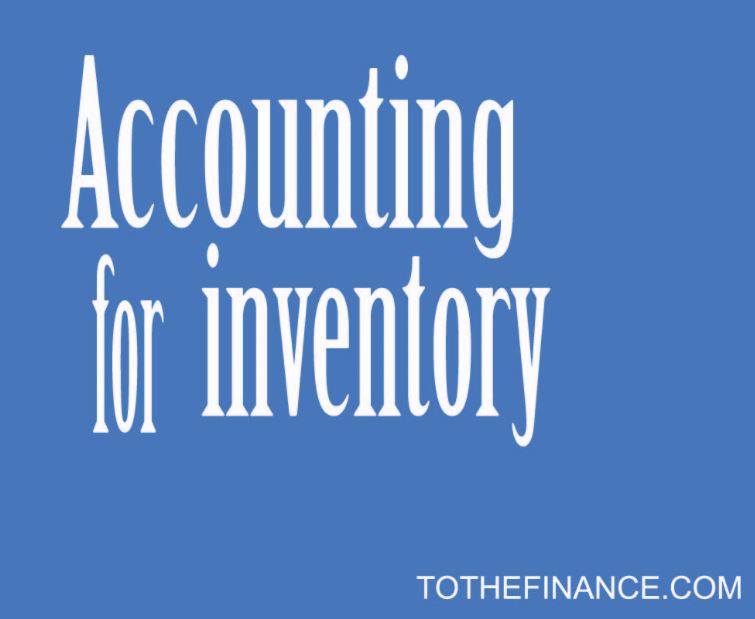Accounting for inventory involves different items like accounting for purchase, accounting for work in process, accounting for finished goods etc. Let’s go through each of these accounting concepts to clear the doubts and enhance understanding.
Accounting for purchase
Accounting for the purchase of raw material or finished goods is more or less similar. The following journal entry is posted in the books for the purchase of inventory.
| Description | Debit | Credit |
| Purchases | XXX | |
| Trade payable/cash | XXX |
The debit impact of the entry is recording for the purchases. It’s recorded in the balance sheet. It may be recorded as raw material/finished goods depending on the nature of purchase. Further, it should be noted that once you make payment for the credit purchase, the trade payable is removed from the books.
Accounting for work in process (Manufacturing perspective)
Once raw material is processed in the production facility, the books are credited for the raw material and debited for the work in process, it can be shown as the following journal entry.
| Description | Debit | Credit |
| Work in process | XXX | |
| Raw material | XXX |
The debit impact of the transaction is that work in process is recorded as the material has moved from the warehouse to the production facility. On the other hand, the credit impact shows that raw material has been consumed and converted to work in process. However, once the production process is completed, the following journal entries are posted.
| Description | Debit | Credit |
| Finished goods | XXX | |
| Work in process | XXX |
The debit impact of the transaction is that finished goods are recorded in the books as the material has been converted into finished goods. On the other hand, credit impact removed work in process as it was a temporary account (process).
If an inventory is sold, the business records sales against receivables. However, if the inventory gets old, there is a need to check valuation. At this time, it’s important to note that financial reporting standards require businesses to test valuation at the end of each reporting period.
Also read, Accounting for sales.
Accounting for NRV and inventory provision
NRV test is performed at the end of the year to assess the need for the provision. For instance, if there is obsolete/old inventory, the net realizable value needs to be checked. Let’s understand what is NRV testing.
NRV testing states that inventory should be valued lower of the cost and net realizable value. Cost is the amount incurred in purchasing some inventory. On the other hand, realizable value is the cash that can be received by selling the inventory after incurring the cost of selling. For instance, the cost of an inventory amounts to $50 and its expected selling price is $45. And the cost of selling amounts to $10. In this case, the NRV can be calculated as follows.
NRV = Expected selling price – cost of selling
NRV = $45 – $10
NRV = $35
Now, we need to compare NRV with the cost. The NRV amounts to $35 and the cost amounts to $50. So, we need to select a lower of cost and NRV that is $35. In other words, it’s a method of valuation for the inventory that follows prudence concept.
Conclusion
Accounting for inventory starts from the purchase of the raw material. The entry for purchase is straightforward like debit of purchases and credit for the payable/cash. Once inventory is processed, raw material is converted into finished goods. On the sale of finished goods, the sale/cost of sales/profit/loss is recorded.
